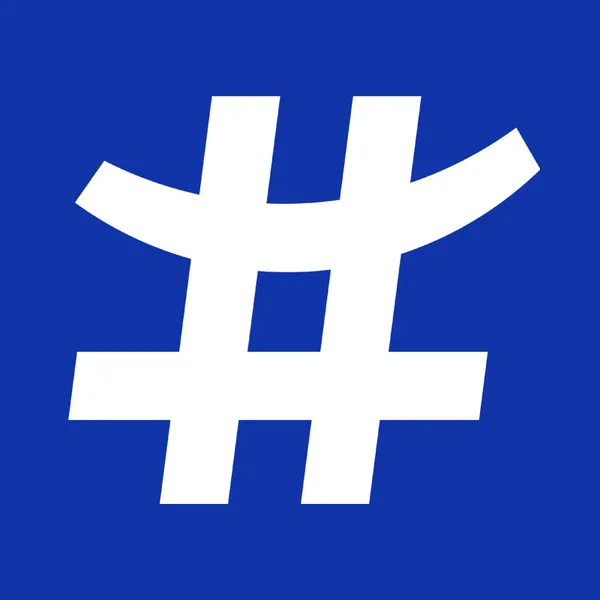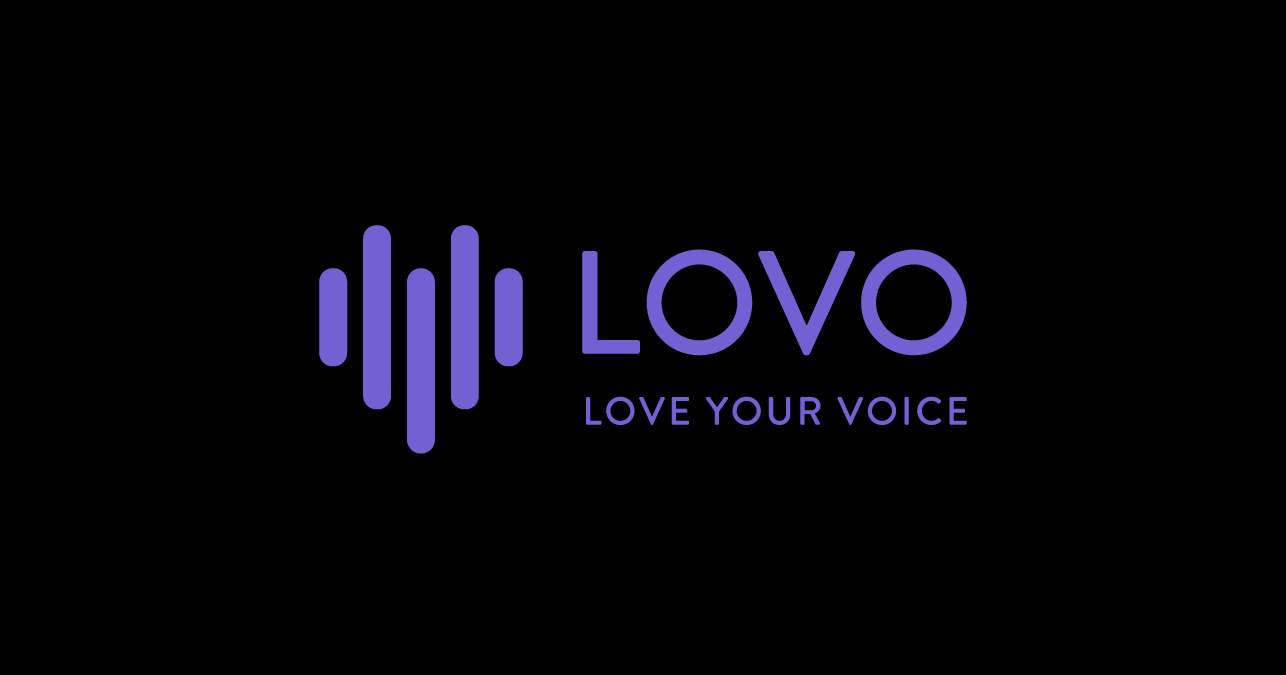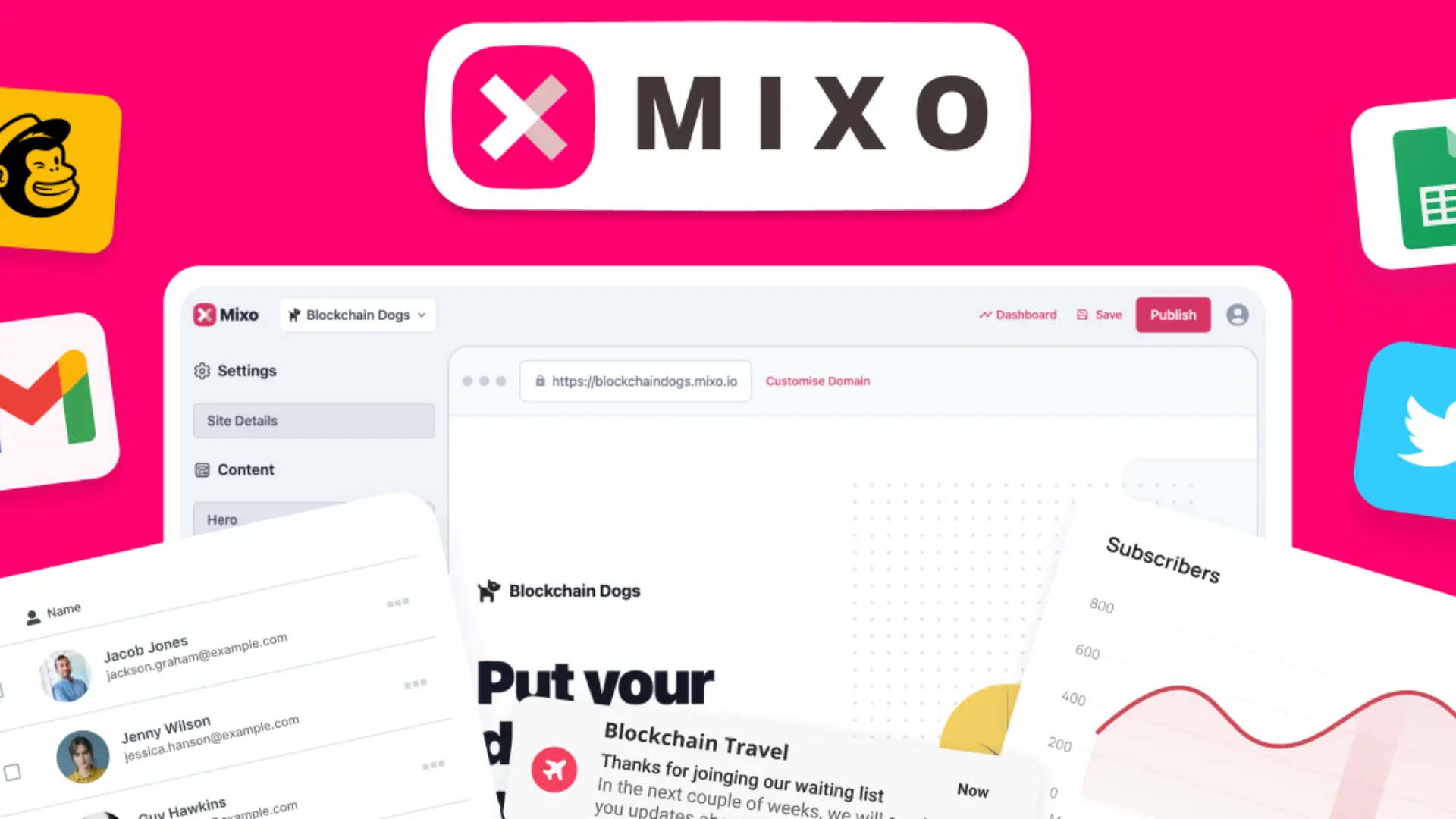The "creator economy," or "influencer economy," enables social media creators and influencers to make money off of their works through software platforms and tools catered for content creators.
Examples of creator economy is using platforms such as YouTube, Instagram, TikTok, Facebook, Twitch, Spotify, Substack, OnlyFans and Patreon to earn revenue through sponsorship, a share of advertising on your content, or direct monetary compensation from fans
Exploring the Evolution of Creator Economy
Creators have been able to profit their skills and create businesses around their works in the past ten years.
With each new generation of platforms, this creator economy has developed, expanding the market available for more creators. The following were some of the significant advancements in social media and creative platforms over the previous decade:
First Generation - The Rise of Content Creation
Mass production and distribution of content were made possible by the first generation of social media platforms. YouTube and Facebook were the game changing platforms that paved the way for the creator generation by introducing consumers to a new kind of content that is engaging in nature. In both platforms, monetization was limited to a share of advertising-related sales.
Second Generation - Empowering Creators With Community Platforms and Tools
While the main source of revenue for creators still remains through ads and brand partnerships, users in the second generation were given creator tools for content development, and platforms for community engagement.
The new wave of online platforms (e.g. Instagram, Pinterest, Twitter, TikTok, Snapchat) were focused on multimedia content. In this era of images and videos, users are encouraged to curate their content and give more thought to their presentation.
These platforms prompted the development of communities devoted to specific interests. Creators with a large following established their own fandom.
Third Generation - Unlocking New Streams of Monetization
In the third generation, new platforms launched to help content creators earn additional revenue streams and become more resilient and in control of their finances. Followers are now contributing to the overall ecosystem of the creator economy.
This customer relationship management tool is made to feel as if you’re supporting a creator, rather than paying them. Not only do these platforms boost a creator’s influence or reach, but also broadens the earning potential of a creator.
Fourth Generation - Content Creating As A Business Model
Creators will need to learn new skills. It will be necessary to have platforms that support creators.
In addition, software that aids content producers in creating new types of content will be in demand. The fourth generation empowers creators to operate as businesses. A lot of tools and softwares are becoming available for content creators to hopefully speed up their process, outsource, and automate a lot of their content development.
They’re going beyond content and entertainment with learning courses, ed tech, merch, gaming, etc.
Final Thoughts
Now that we have untapped the potential of content creation, we can see that the creator economy is full of potential for even more innovations.
We might probably just be around the corner from actually exploring some of the current leading-edge technologies to further optimize the industry. These new waves of creator platforms will be the stepping stone for the next generation in the creator economy.
Watch the clip below from our show Good Morning Marketers where we discuss the future of the creator economy.
Clips from Good Morning Marketers Episode 11:









Related Posts
Understand Social Media Automation from A to Z
Sep 27, 2023
Beyond Words: Visual Storytelling Examples to Boost Your Digital Marketing
Sep 20, 2023
How To Become A YouTuber In 2023
Jun 05, 2023